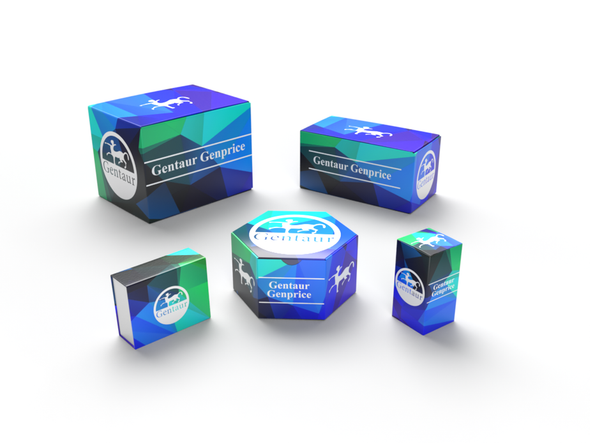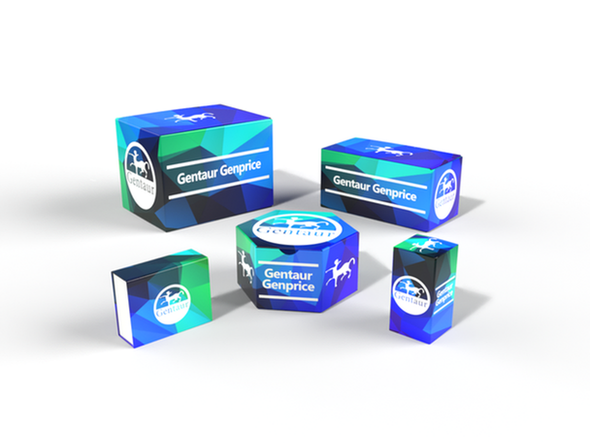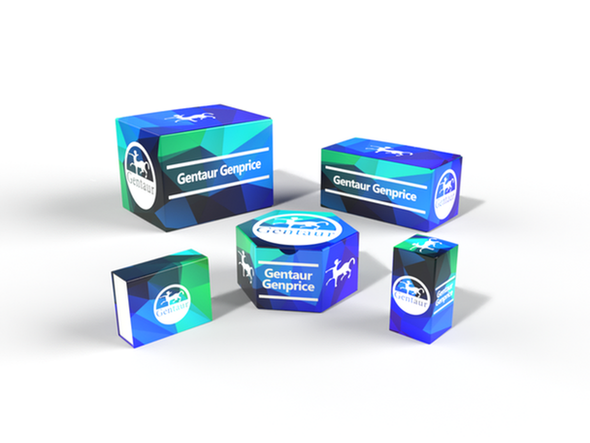Description
APBA1 Antibody | 31-125 | Gentaur UK, US & Europe Distribution
Host: Rabbit
Reactivity: Human
Homology: N/A
Immunogen: Antibody produced in rabbits immunized with a synthetic peptide corresponding a region of human APBA1.
Research Area: Neuroscience
Tested Application: E, WB, IHC
Application: APBA1 antibody can be used for detection of APBA1 by ELISA at 1:62500. APBA1 antibody can be used for detection of APBA1 by western blot at 0.25 μg/mL, and HRP conjugated secondary antibody should be diluted 1:50, 000 - 100, 000.
Specificiy: N/A
Positive Control 1: Cat. No. 1207 - Raji Cell Lysate
Positive Control 2: N/A
Positive Control 3: N/A
Positive Control 4: N/A
Positive Control 5: N/A
Positive Control 6: N/A
Molecular Weight: 52 kDa, 93 kDa
Validation: N/A
Isoform: N/A
Purification: Antibody is purified by peptide affinity chromatography method.
Clonality: Polyclonal
Clone: N/A
Isotype: N/A
Conjugate: Unconjugated
Physical State: Liquid
Buffer: Purified antibody supplied in 1x PBS buffer with 0.09% (w/v) sodium azide and 2% sucrose.
Concentration: batch dependent
Storage Condition: For short periods of storage (days) store at 4˚C. For longer periods of storage, store APBA1 antibody at -20˚C. As with any antibody avoid repeat freeze-thaw cycles.
Alternate Name: APBA1, D9S411E, MINT1, X11, X11A, X11ALPHA, LIN10
User Note: Optimal dilutions for each application to be determined by the researcher.
BACKGROUND: APBA1 is a member of the X11 protein family. It is a neuronal adaptor protein that interacts with the Alzheimer's disease amyloid precursor protein (APP) . It stabilises APP and inhibits production of proteolytic APP fragments including the A beta peptide that is deposited in the brains of Alzheimer's disease patients. APBA1 is believed to be involved in signal transduction processes. It is also regarded as a putative vesicular trafficking protein in the brain that can form a complex with the potential to couple synaptic vesicle exocytosis to neuronal cell adhesion.










